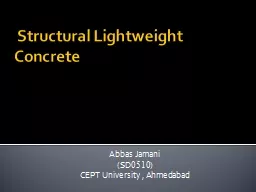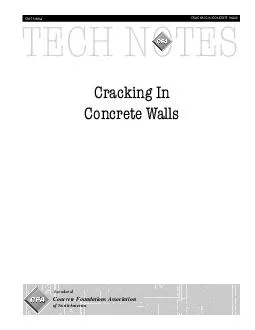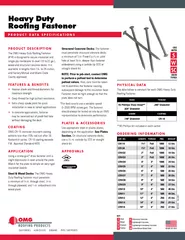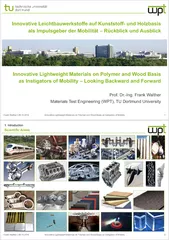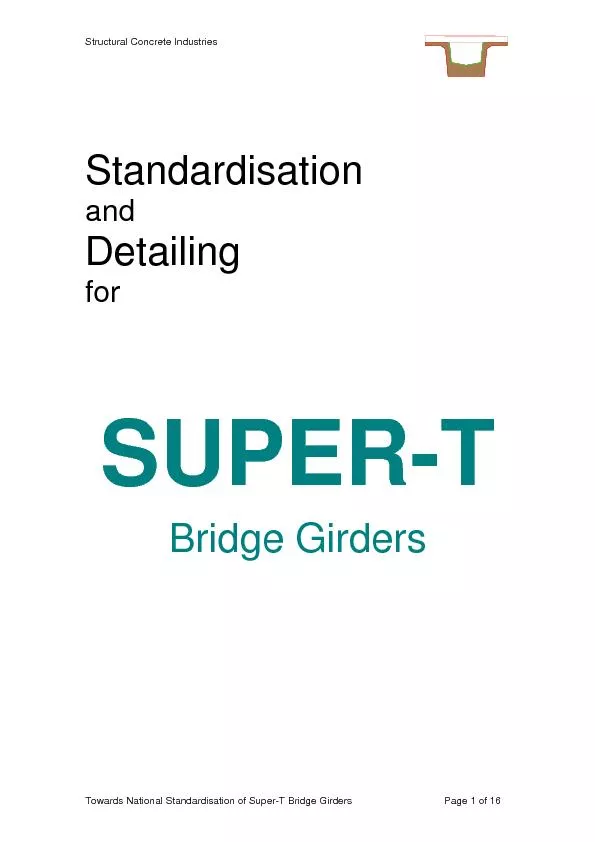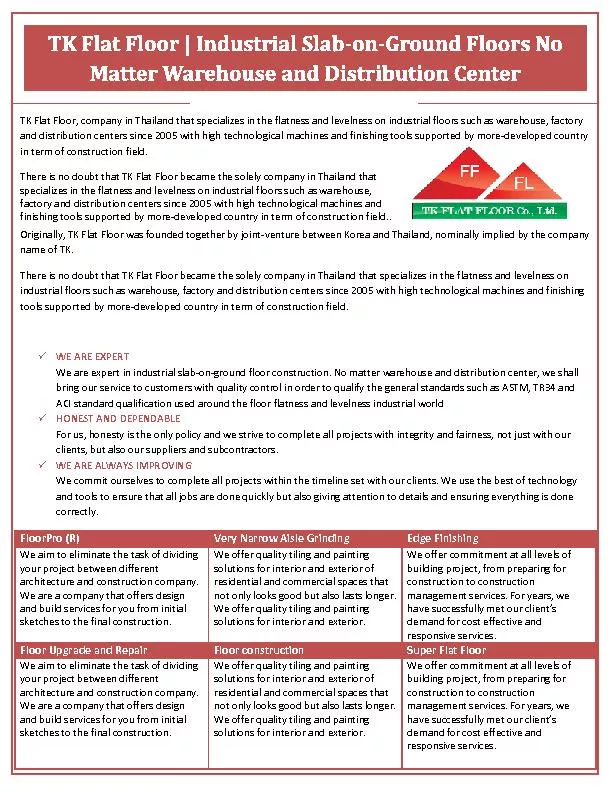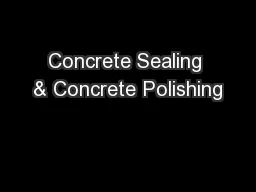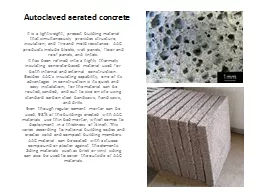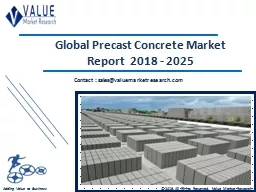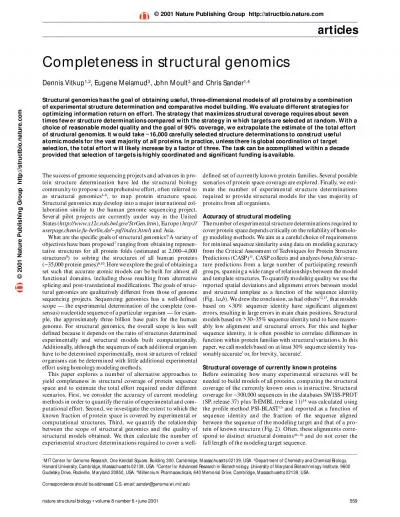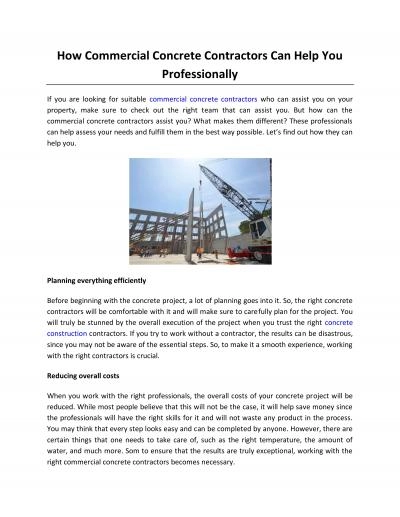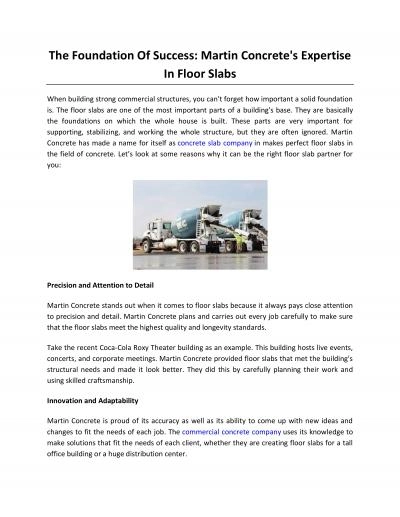PPT-Structural Lightweight Concrete
Author : lois-ondreau | Published Date : 2017-12-10
Abbas Jamani SD 0510 CEPT University Ahmedabad Contents Introduction Properties of LWC Applications of LWC Advantages and disadvantages Case study conclusion
Presentation Embed Code
Download Presentation
Download Presentation The PPT/PDF document "Structural Lightweight Concrete" is the property of its rightful owner. Permission is granted to download and print the materials on this website for personal, non-commercial use only, and to display it on your personal computer provided you do not modify the materials and that you retain all copyright notices contained in the materials. By downloading content from our website, you accept the terms of this agreement.
Structural Lightweight Concrete: Transcript
Download Rules Of Document
"Structural Lightweight Concrete"The content belongs to its owner. You may download and print it for personal use, without modification, and keep all copyright notices. By downloading, you agree to these terms.
Related Documents

